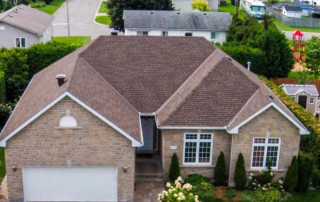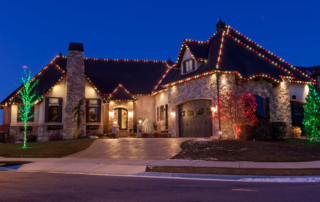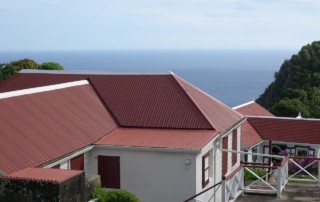When it comes to living in Florida, solar power just seems to make sense.
In fact, here in the Sunshine State the idea of installing solar panels as a primary source of power is catching on.
Why Go Solar in 2019?
There is a 30% federal tax credit which is applicable to solar systems installed before December 31, 2019. (There are smaller credits for systems installed in subsequent years.) If you have been meaning to investigate this form of alternate power, this is your year!

Some Quick Statistics About Solar Energy Systems
- It is estimated that it will take you 9 1/2 years to reach “payback” for installing a solar system, and that you will save approximately $50,000 over the life of the system once capital expenditures have been covered.
- With solar, you will pay an average of 7 cents per kwh. The average forecast for standard energy is 24 cents over the next 25 years.
- Florida currently ranks 11th in the United States in solar power consumption. Although cost savings are an incentive, many people are primarily drawn to solar power for its “green” benefits.
Preparing Your Roof for Solar Panels
Most new solar panel systems will last for up to 25 years. Therefore it is important that your roof be newer (or installed new just before the solar panels are implemented) in order to be sure that the roof does not fail before the system.
In addition to having a new roof, there are some steps you will need to follow in order to safely install solar on your home.
- Determine if your home is positioned correctly for a solar array. For instance, a large portion of your roof must face the south or southwest, and the roof’s slope should have a pitch which presents optimal exposure to sunlight. A flat roof will afford you the best results, while a sharply sloped roof may not be feasible. Be sure to ask the professional installer for recommendations, as they have the expertise you’ll need.
- Once the suitable area (s) of your roof are identified, all obstacles will need to be cleared. Roof vents will need to be relocated, as will satellite dishes or antennas. Skylights will need to be tiled over prior to installation. Identify and remove any trees or tree branches which will cast a shadow on the system. Important to note: proper permits may be required to move roof vents. Do consult a professional.
- Measure the area of your roof where you will install the system. Determine the length and width of the roof section beginning at the eaves; multiply these numbers to determine the area of the roof. Experts recommend that you have a 200- to 400-square-foot area of roof space available.
- Contract with a certified structural engineer or architect to verify that your roof will be able to withstand the additional weight and stress of solar panels over the years. They can make recommendations as to any reinforcement or structural changes which will allow for the system to be safely installed.
- Have a roofing contractor conduct a roof inspection. You will need to find and replace any damaged shingles, and identify any potential leaks. All problems must be repaired prior to installation of a solar system. As noted, a new roof may be advisable at this time.Whether you wish to “go green”, save money, or take advantage of our bountiful Florida sunshine, a solar panel system may be your answer.
Call the team at [company_name] for an inspection as to the condition, age, and viability of your roof. We are happy to help with any roof repairs or preparations you may need.



